

At RocketPages, we empower photographers with intuitive tools to easily create stunning portfolios.
🚀 CREATIVE INNOVATION
We deliver cutting-edge design and technology to make your portfolio look incredible and function seamlessly.
🚀 EMPOWERING PHOTOGRAPHERS
Our tools give photographers the confidence to create a website that truly represents their work.
🚀 TRUST & TRANSPARENCY
We prioritize integrity, ensuring a stress-free experience with honesty and clear communication.


Showcase your work in crystal-clear, fast-loading galleries on any device.
.png)
Let clients experience your work in a distraction-free, full-screen display.

No hidden fees or trial periods - build and manage without cost.

Get notified when clients reach out via your contact form, ensuring quick responses.

Choose from beautiful, mobile-responsive designs tailored specifically for musicians.

Connect your social accounts to showcase your latest posts and engage with your audience.

Choose from over 100 professionally designed templates for any project—portfolio, business site, and more.

Customize easily—edit sections, colors, fonts, layouts, and add content to showcase your brand.

Save your work. Hit "Publish" when you are ready to make your site live.
.gif)
Explore our stunning photography templates, designed to beautifully showcase your work across a variety of genres:
🚀 Wedding Photography Templates
🚀 Portrait Photography Templates
🚀 Event Photography Templates
🚀 Landscape Photography Templates
🚀 Product Photography Templates
🚀 Fashion Photography Templates
🚀 Travel Photography Templates
With RocketPages, find the perfect template to highlight your unique style and present your photography in the best light.
Yes! RocketPages offers a FREE plan to get you started. Upgrade anytime for advanced features.
Absolutely! RocketPages ensures your high-resolution images maintain their quality across all devices.
Not at all. RocketPages is designed for anyone to use, regardless of technical expertise.
Yes. All templates are responsive, ensuring your portfolio looks stunning on desktops, tablets, and smartphones.
Definitely! Customize your colors, fonts, and domain to reflect your unique brand identity.
Yes! Our templates come with built-in SEO tools to help improve your site’s visibility in search engines.
Yes! Easily integrate your social media profiles to connect with your fans and share content across platforms.
Yes, all our templates are fully mobile-responsive, ensuring your website looks great on any device.

Photography is more than pressing a shutter. It's the art of storytelling, capturing emotion, freezing time, and presenting the world from...

Golden hour photography is a timeless secret weapon in every photographer’s creative arsenal. It’s that fleeting period just after...

Macro photography is like stepping into a hidden world invisible to the naked eye. It's the art of photographing subjects at extreme...

In 2025, portrait photography continues to be one of the most compelling ways to capture emotion, personality, and human depth...

Portrait photography is an art that goes beyond simply snapping pictures—it’s about capturing the essence of your subject. From expressive...
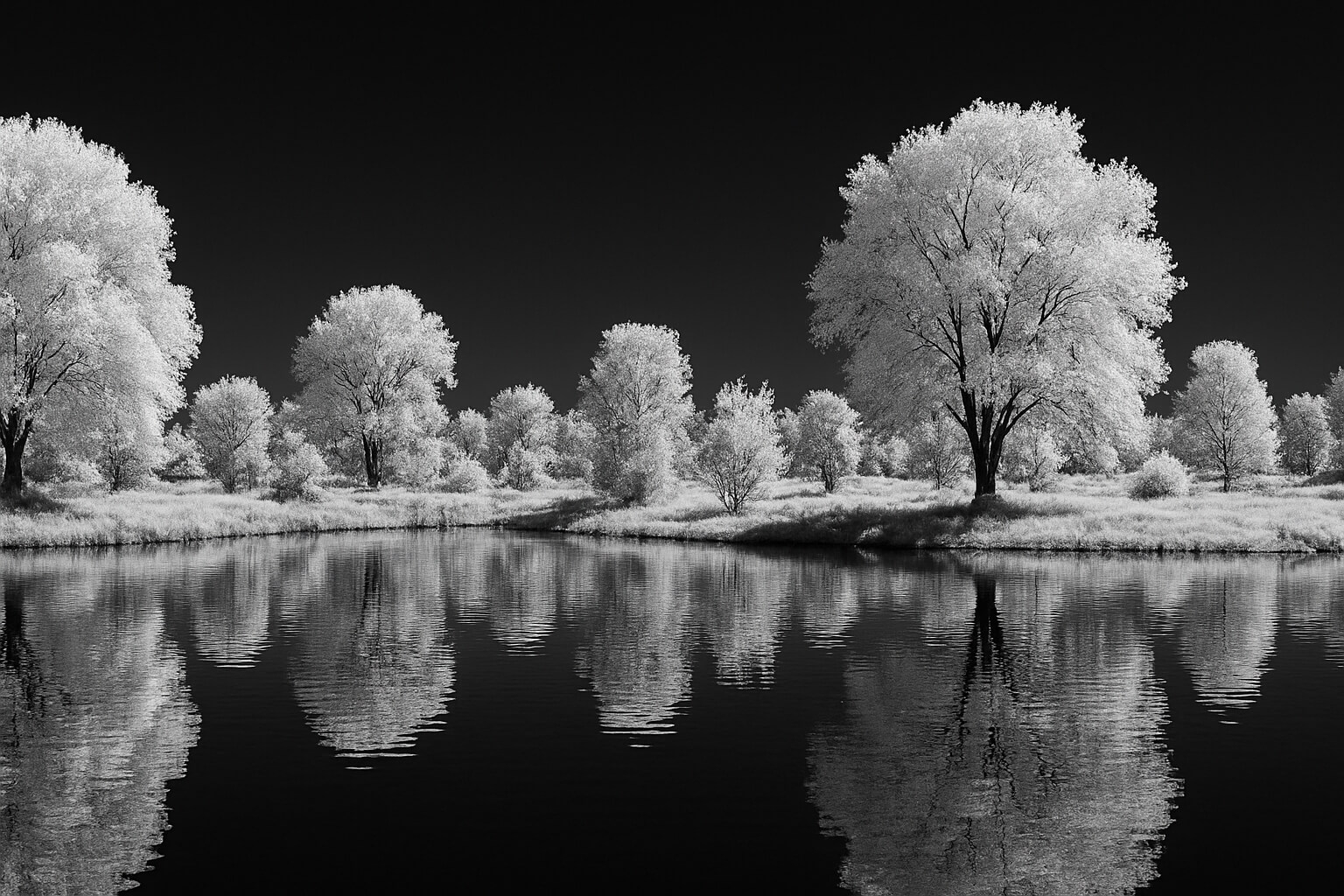
Infrared photography opens up a new realm of possibilities, allowing photographers to capture breathtaking, surreal images of the world...

Photography is the art, science, and practice of capturing light to create images. Whether using a smartphone or a DSLR, photography...

Gone are the days when self-portraits were simply quick, shaky selfies or basic mirror shots. In 2025, self-portrait photography has....

Wildlife photography is one of the most thrilling and soul-stirring forms of photography. It’s a genre that requires patience, curiosity, and a...

Artistic photography is about more than just “taking pictures.” It is about creating imagery that conveys a message, evokes an...
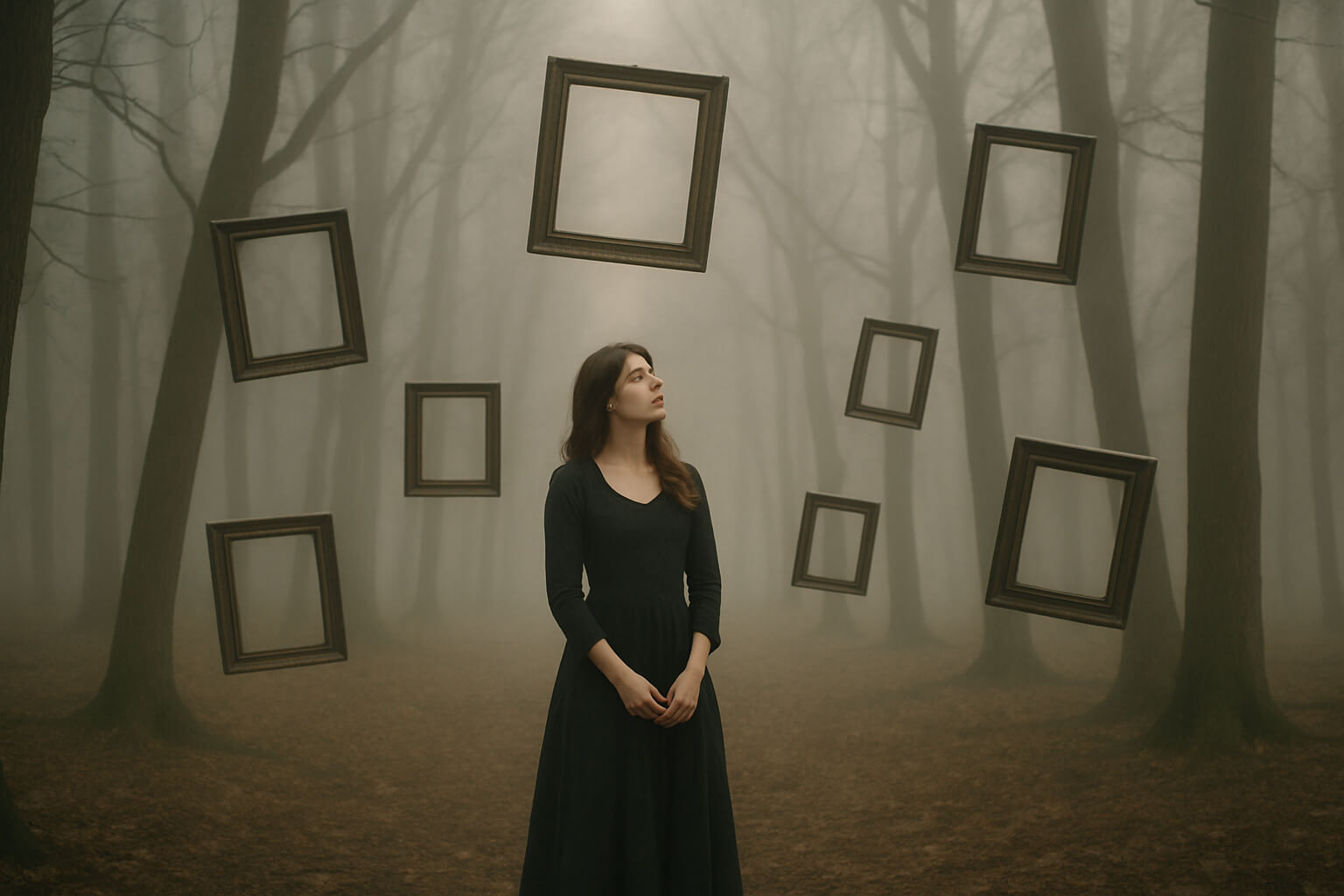
Fine art photography transcends the conventional purpose of simply capturing what’s in front of the lens. It is a deeply personal and...

In a world bursting with color, black and white photography offers a striking, emotional, and timeless alternative. This style strips images...

In the ever-evolving world of photography, the debate between DSLR and mirrorless cameras continues to gain traction. With...

In today's image-driven, digital-first world, your headshot is far more than just a snapshot. It’s an essential tool for personal branding...

Photo editing is the art and science of enhancing, refining, or transforming an image to improve its visual impact, clarity, or emotional...
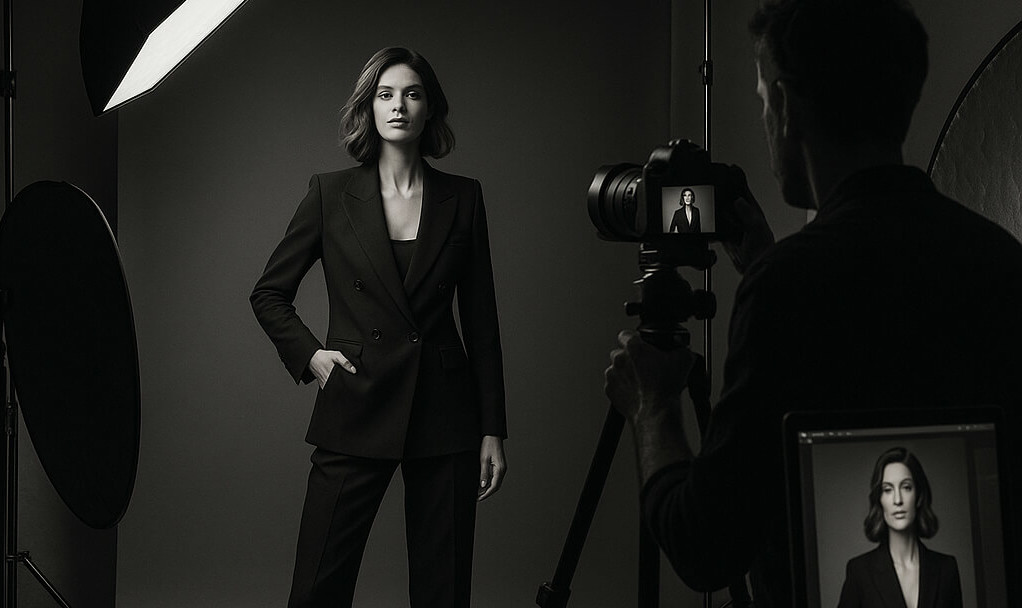
Fashion photography is a dynamic and artistic genre that blends creativity, technical skills, and a strong understanding of visual storytelling...

In today's digital age, high-quality visuals are paramount in the real estate market. Listings featuring professional photographs not only...

Still life photography is a timeless and artistic genre that transforms ordinary objects into compelling visual narratives. Rooted in...
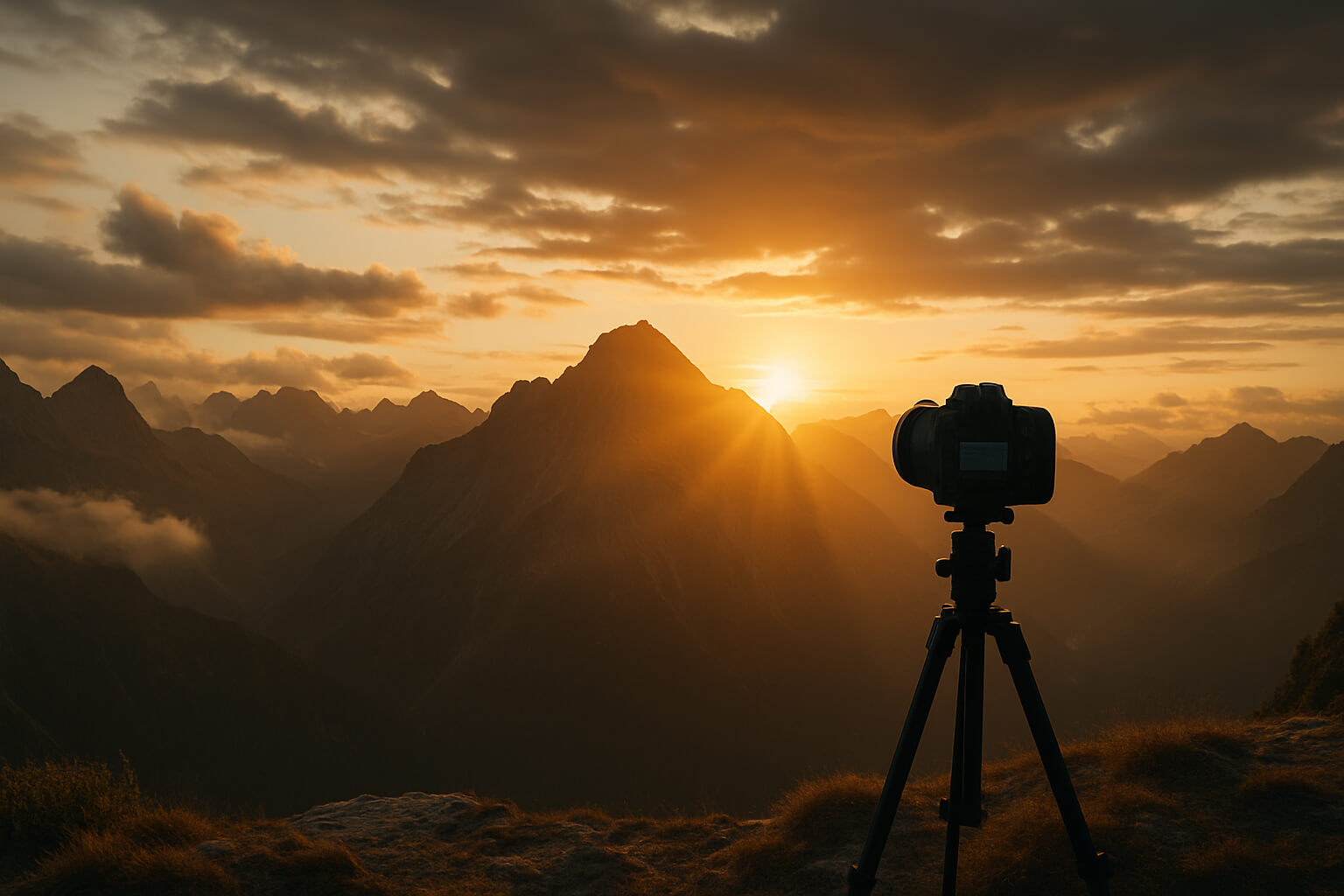
Panoramic photography is an exciting technique that lets you capture sweeping landscapes, grand architectural structures, and wide-angle...
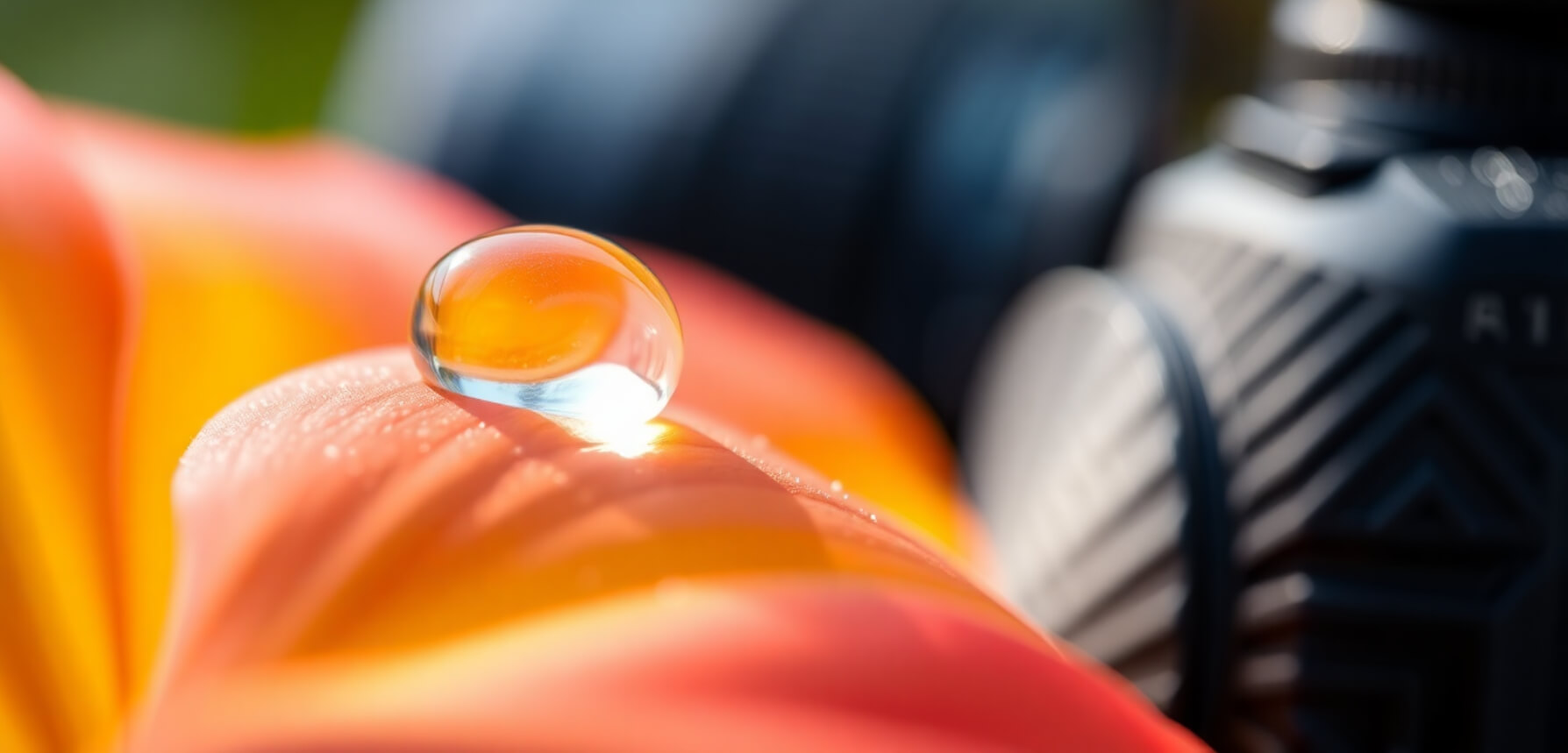
Ever tried capturing the intricate details of a flower petal, a bee’s wings, or the texture of fabric? A macro lens is the tool that makes...
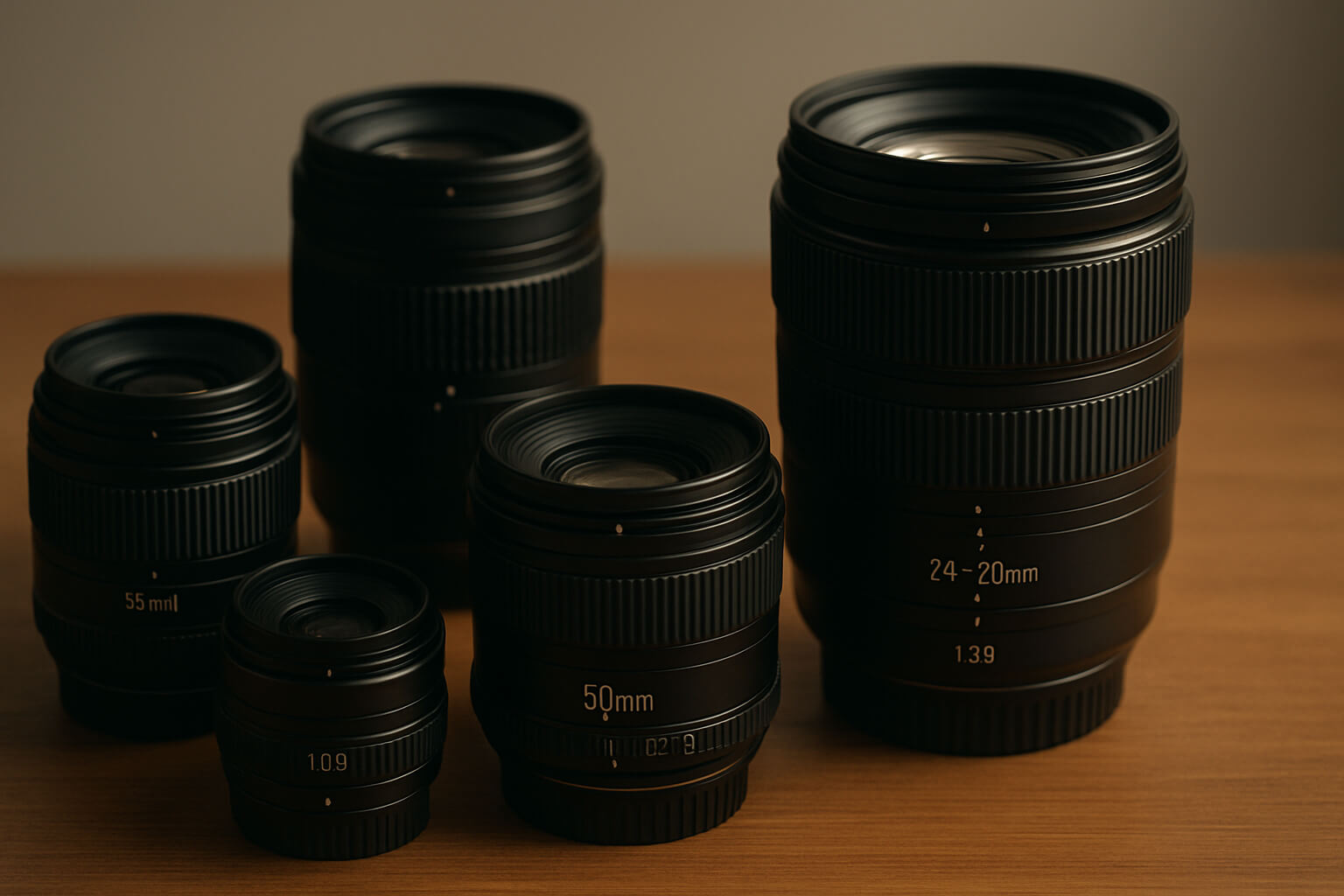
Choosing the right camera lens is a critical decision for any photographer. The lens determines the quality of your shots, including...

Whether you're a beginner capturing your first portrait or a seasoned pro aiming for cinematic wedding shots, choosing the right lens is...

In 2025, photo editing is no longer reserved for experts with high-end software. A new wave of intelligent, mobile-friendly apps has made it...

Landscape photography is a genre of photography that seeks to capture the beauty, power, and vastness of the natural world. It is...

Composition is the backbone of every powerful photograph—and few techniques are as universally recommended for beginners and...
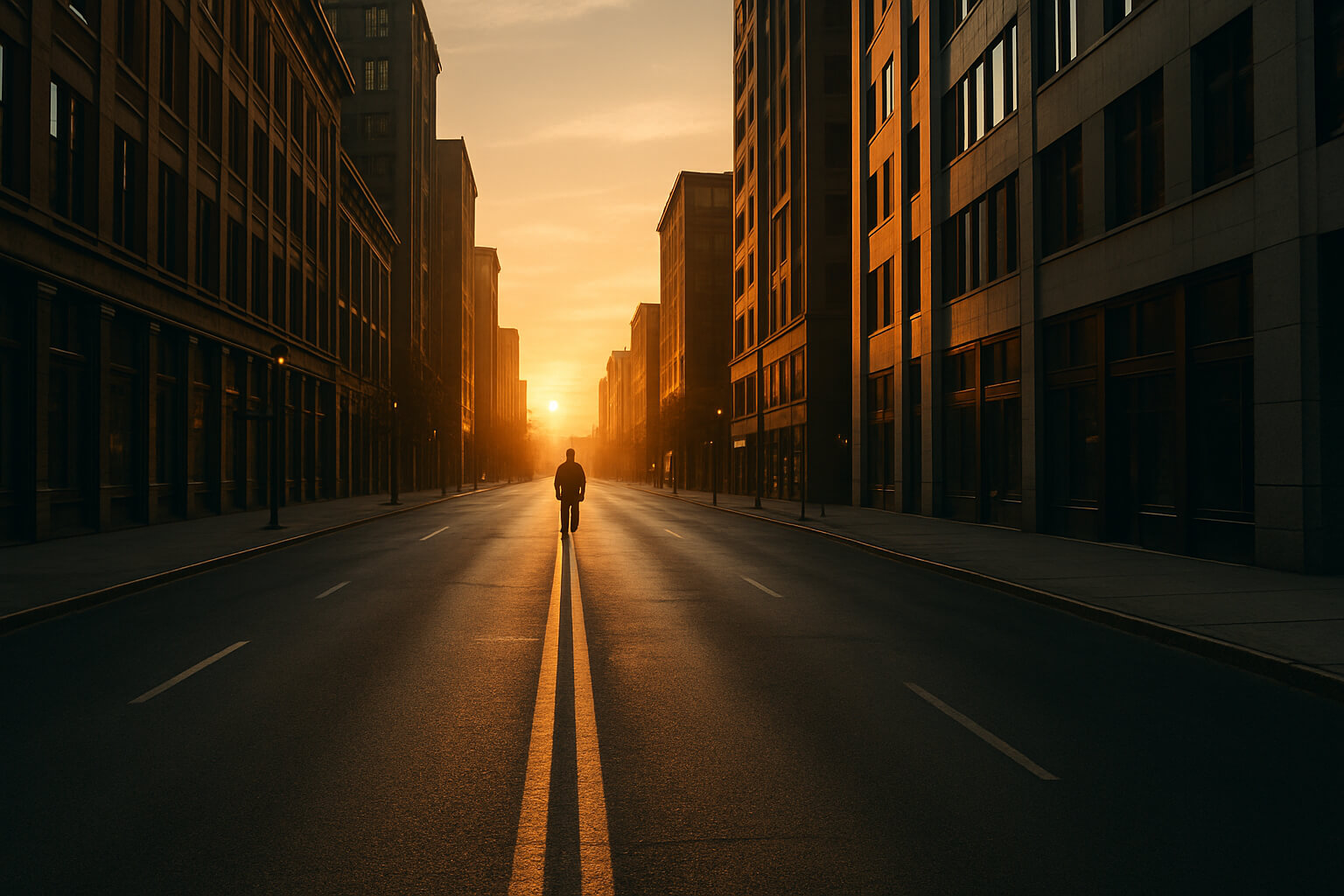
In photography, leading lines are a powerful and visually engaging compositional tool. They naturally guide the viewer’s eye through the...
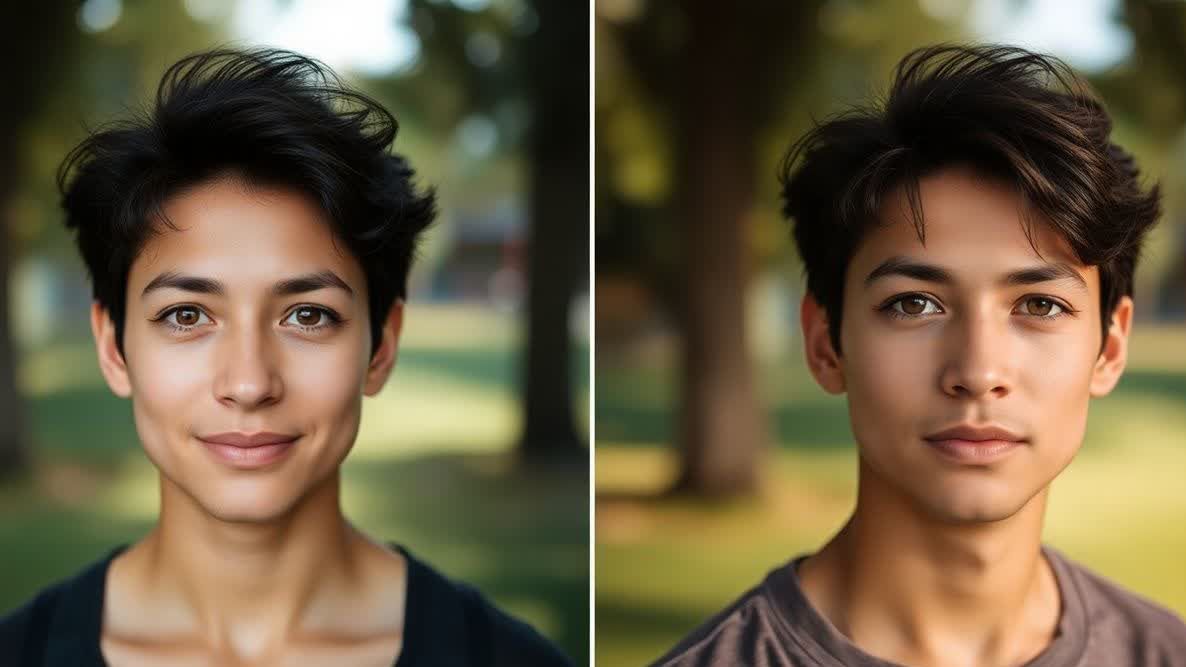
Depth of Field (DoF) is one of the most fundamental principles in photography. It refers to the range of distance within a photo that..

Silhouette photography is one of the most captivating and dramatic styles in the photography world. By using strong contrast...

Lighting is the backbone of every stunning photograph. Whether you're shooting portraits, landscapes, product photos, or video content...
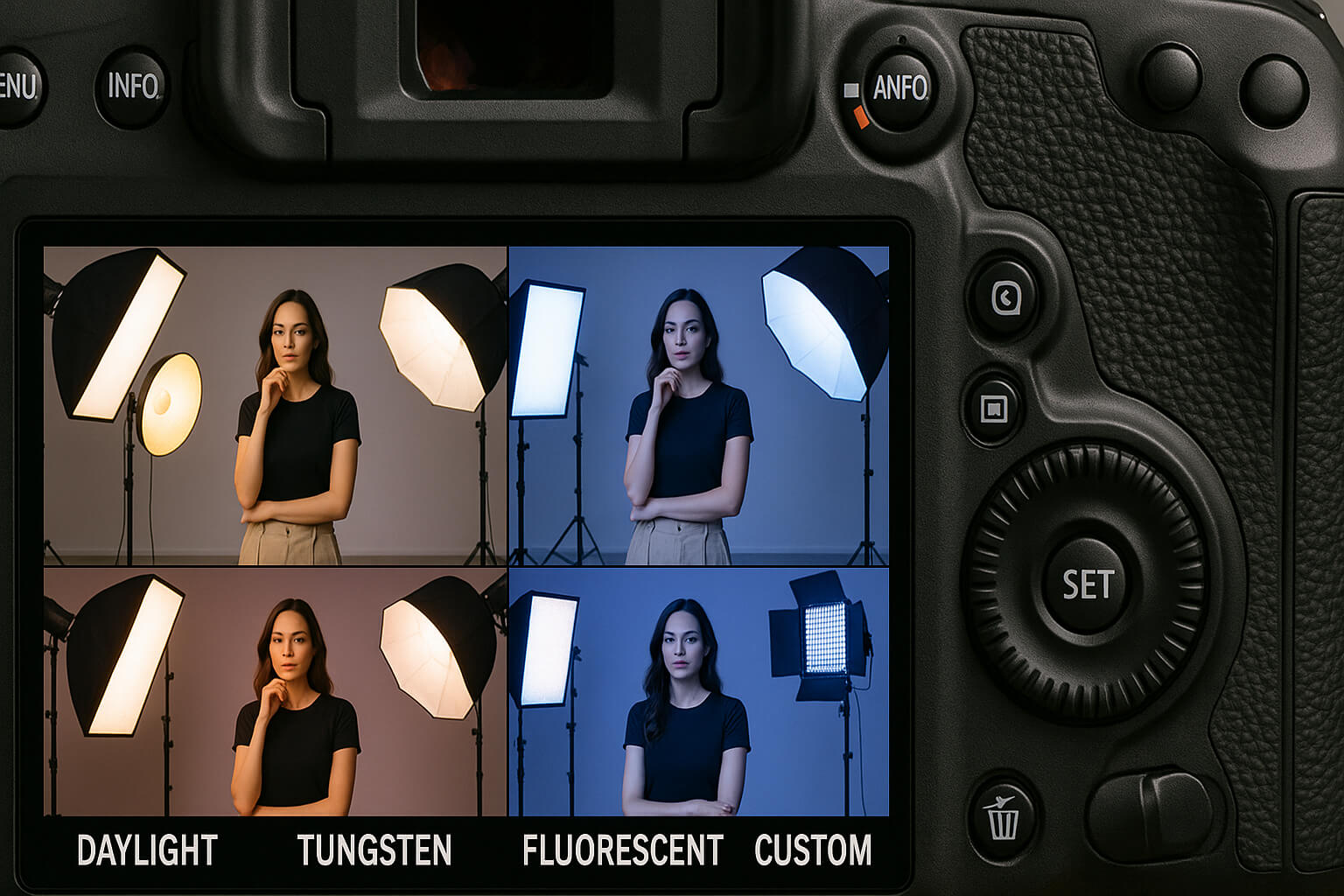
White balance is a fundamental concept in photography that plays a crucial role in ensuring your images appear true-to-life and visually...